Blog
Let's Shine a Light on Exterior Downlighting
Let's Shine a Light on Exterior Downlighting
Let's Shine a Light on Exterior Downlighting

Let’s Shine a Light on Exterior Downlighting
When it comes to enhancing the beauty and security of your home, exterior downlighting stands as one of the most elegant solutions available. This lighting technique, often overlooked, can transform the way your outdoor spaces look and feel, creating a warm and inviting atmosphere while adding a layer of safety and security to your home. At JellyFish Lighting, we believe that light is life—let's explore how exterior downlighting can breathe new life into your outdoor spaces.
What is Exterior Downlighting?
Exterior downlighting, also known as "moonlighting," involves placing lights in elevated positions—such as in trees, under eaves, or on architectural elements—to cast a soft, downward glow that mimics natural light sources like the moon. This technique creates a soothing, ambient effect that can highlight the natural beauty of your landscape, add depth to architectural features, and ensure that your outdoor areas are safely illuminated.
Why Choose Exterior Downlighting?
1. Natural and Aesthetic Appeal:
One of the primary benefits of downlighting is its ability to replicate the natural light of the moon. When strategically placed, downlights can produce gentle shadows and a calming atmosphere, perfect for evening gatherings or simply enjoying your garden after dark. The subtle illumination can highlight the textures and forms of trees, shrubs, and architectural elements, making your outdoor spaces look and feel like a serene retreat.
2. Enhanced Security:
Downlighting is not just about aesthetics—it also plays a crucial role in home security. By illuminating pathways, entry points, and darker areas around your property, downlights can deter potential intruders while ensuring that you and your guests can safely navigate your outdoor spaces.
3. Versatility and Customization:
At JellyFish Lighting, we offer downlighting solutions that are not only durable and high-quality but also highly customizable. With our systems, you can adjust the brightness, color, and even the schedule of your lights to fit any occasion or mood. Whether you want to create a dramatic effect for a special event or a soft glow for everyday use, our lighting solutions give you complete control.
How to Get Started with Exterior Downlighting
Starting your journey with exterior downlighting is easier than you might think. Here’s how you can transform your outdoor space:
1. Assess Your Space:
Take a walk around your property during the evening and identify areas that could benefit from downlighting. Look for spots where you need more light for security, areas that you want to highlight for their beauty, or places where your current lighting might be too harsh or unflattering.
2. Choose Your Fixtures:
With JellyFish Lighting, you have access to a variety of downlighting fixtures designed to blend seamlessly into your outdoor environment. Our lights are nearly invisible during the day, ensuring that your home’s aesthetic remains uncompromised.
3. Installation:
Once you’ve selected your fixtures, our team of experts will handle the installation process. We ensure that each light is positioned perfectly to achieve the desired effect, whether that’s creating a moonlit garden or ensuring every corner of your yard is well-lit and secure.
4. Customize Your Experience:
With our cutting-edge technology, you can easily customize your downlighting system. Choose from millions of colors, set schedules, and create lighting zones to personalize your outdoor experience.
Why JellyFish Lighting?
At JellyFish Lighting, we don’t just provide lights—we illuminate the people, places, and moments that matter most. Our lighting systems are designed with you in mind, combining innovation, reliability, and simplicity. We offer a durable, long-lasting solution that will keep your home looking beautiful and feeling secure for years to come.
Let your home shine brighter with JellyFish Lighting’s exterior downlighting solutions. Whether you’re looking to enhance your home’s curb appeal, improve safety, or simply create a more inviting outdoor space, downlighting is a powerful tool that can make a world of difference. Get started today with your free quote.
Light is life. Live Brighter.
Let’s Shine a Light on Exterior Downlighting
When it comes to enhancing the beauty and security of your home, exterior downlighting stands as one of the most elegant solutions available. This lighting technique, often overlooked, can transform the way your outdoor spaces look and feel, creating a warm and inviting atmosphere while adding a layer of safety and security to your home. At JellyFish Lighting, we believe that light is life—let's explore how exterior downlighting can breathe new life into your outdoor spaces.
What is Exterior Downlighting?
Exterior downlighting, also known as "moonlighting," involves placing lights in elevated positions—such as in trees, under eaves, or on architectural elements—to cast a soft, downward glow that mimics natural light sources like the moon. This technique creates a soothing, ambient effect that can highlight the natural beauty of your landscape, add depth to architectural features, and ensure that your outdoor areas are safely illuminated.
Why Choose Exterior Downlighting?
1. Natural and Aesthetic Appeal:
One of the primary benefits of downlighting is its ability to replicate the natural light of the moon. When strategically placed, downlights can produce gentle shadows and a calming atmosphere, perfect for evening gatherings or simply enjoying your garden after dark. The subtle illumination can highlight the textures and forms of trees, shrubs, and architectural elements, making your outdoor spaces look and feel like a serene retreat.
2. Enhanced Security:
Downlighting is not just about aesthetics—it also plays a crucial role in home security. By illuminating pathways, entry points, and darker areas around your property, downlights can deter potential intruders while ensuring that you and your guests can safely navigate your outdoor spaces.
3. Versatility and Customization:
At JellyFish Lighting, we offer downlighting solutions that are not only durable and high-quality but also highly customizable. With our systems, you can adjust the brightness, color, and even the schedule of your lights to fit any occasion or mood. Whether you want to create a dramatic effect for a special event or a soft glow for everyday use, our lighting solutions give you complete control.
How to Get Started with Exterior Downlighting
Starting your journey with exterior downlighting is easier than you might think. Here’s how you can transform your outdoor space:
1. Assess Your Space:
Take a walk around your property during the evening and identify areas that could benefit from downlighting. Look for spots where you need more light for security, areas that you want to highlight for their beauty, or places where your current lighting might be too harsh or unflattering.
2. Choose Your Fixtures:
With JellyFish Lighting, you have access to a variety of downlighting fixtures designed to blend seamlessly into your outdoor environment. Our lights are nearly invisible during the day, ensuring that your home’s aesthetic remains uncompromised.
3. Installation:
Once you’ve selected your fixtures, our team of experts will handle the installation process. We ensure that each light is positioned perfectly to achieve the desired effect, whether that’s creating a moonlit garden or ensuring every corner of your yard is well-lit and secure.
4. Customize Your Experience:
With our cutting-edge technology, you can easily customize your downlighting system. Choose from millions of colors, set schedules, and create lighting zones to personalize your outdoor experience.
Why JellyFish Lighting?
At JellyFish Lighting, we don’t just provide lights—we illuminate the people, places, and moments that matter most. Our lighting systems are designed with you in mind, combining innovation, reliability, and simplicity. We offer a durable, long-lasting solution that will keep your home looking beautiful and feeling secure for years to come.
Let your home shine brighter with JellyFish Lighting’s exterior downlighting solutions. Whether you’re looking to enhance your home’s curb appeal, improve safety, or simply create a more inviting outdoor space, downlighting is a powerful tool that can make a world of difference. Get started today with your free quote.
Light is life. Live Brighter.
Let’s Shine a Light on Exterior Downlighting
When it comes to enhancing the beauty and security of your home, exterior downlighting stands as one of the most elegant solutions available. This lighting technique, often overlooked, can transform the way your outdoor spaces look and feel, creating a warm and inviting atmosphere while adding a layer of safety and security to your home. At JellyFish Lighting, we believe that light is life—let's explore how exterior downlighting can breathe new life into your outdoor spaces.
What is Exterior Downlighting?
Exterior downlighting, also known as "moonlighting," involves placing lights in elevated positions—such as in trees, under eaves, or on architectural elements—to cast a soft, downward glow that mimics natural light sources like the moon. This technique creates a soothing, ambient effect that can highlight the natural beauty of your landscape, add depth to architectural features, and ensure that your outdoor areas are safely illuminated.
Why Choose Exterior Downlighting?
1. Natural and Aesthetic Appeal:
One of the primary benefits of downlighting is its ability to replicate the natural light of the moon. When strategically placed, downlights can produce gentle shadows and a calming atmosphere, perfect for evening gatherings or simply enjoying your garden after dark. The subtle illumination can highlight the textures and forms of trees, shrubs, and architectural elements, making your outdoor spaces look and feel like a serene retreat.
2. Enhanced Security:
Downlighting is not just about aesthetics—it also plays a crucial role in home security. By illuminating pathways, entry points, and darker areas around your property, downlights can deter potential intruders while ensuring that you and your guests can safely navigate your outdoor spaces.
3. Versatility and Customization:
At JellyFish Lighting, we offer downlighting solutions that are not only durable and high-quality but also highly customizable. With our systems, you can adjust the brightness, color, and even the schedule of your lights to fit any occasion or mood. Whether you want to create a dramatic effect for a special event or a soft glow for everyday use, our lighting solutions give you complete control.
How to Get Started with Exterior Downlighting
Starting your journey with exterior downlighting is easier than you might think. Here’s how you can transform your outdoor space:
1. Assess Your Space:
Take a walk around your property during the evening and identify areas that could benefit from downlighting. Look for spots where you need more light for security, areas that you want to highlight for their beauty, or places where your current lighting might be too harsh or unflattering.
2. Choose Your Fixtures:
With JellyFish Lighting, you have access to a variety of downlighting fixtures designed to blend seamlessly into your outdoor environment. Our lights are nearly invisible during the day, ensuring that your home’s aesthetic remains uncompromised.
3. Installation:
Once you’ve selected your fixtures, our team of experts will handle the installation process. We ensure that each light is positioned perfectly to achieve the desired effect, whether that’s creating a moonlit garden or ensuring every corner of your yard is well-lit and secure.
4. Customize Your Experience:
With our cutting-edge technology, you can easily customize your downlighting system. Choose from millions of colors, set schedules, and create lighting zones to personalize your outdoor experience.
Why JellyFish Lighting?
At JellyFish Lighting, we don’t just provide lights—we illuminate the people, places, and moments that matter most. Our lighting systems are designed with you in mind, combining innovation, reliability, and simplicity. We offer a durable, long-lasting solution that will keep your home looking beautiful and feeling secure for years to come.
Let your home shine brighter with JellyFish Lighting’s exterior downlighting solutions. Whether you’re looking to enhance your home’s curb appeal, improve safety, or simply create a more inviting outdoor space, downlighting is a powerful tool that can make a world of difference. Get started today with your free quote.
Light is life. Live Brighter.
How much do permanent christmas lights cost?
How much do permanent christmas lights cost?
How much do permanent christmas lights cost?






Are Permanent Christmas Lights Worth It?
Are Permanent Christmas Lights Worth It?
Are Permanent Christmas Lights Worth It?
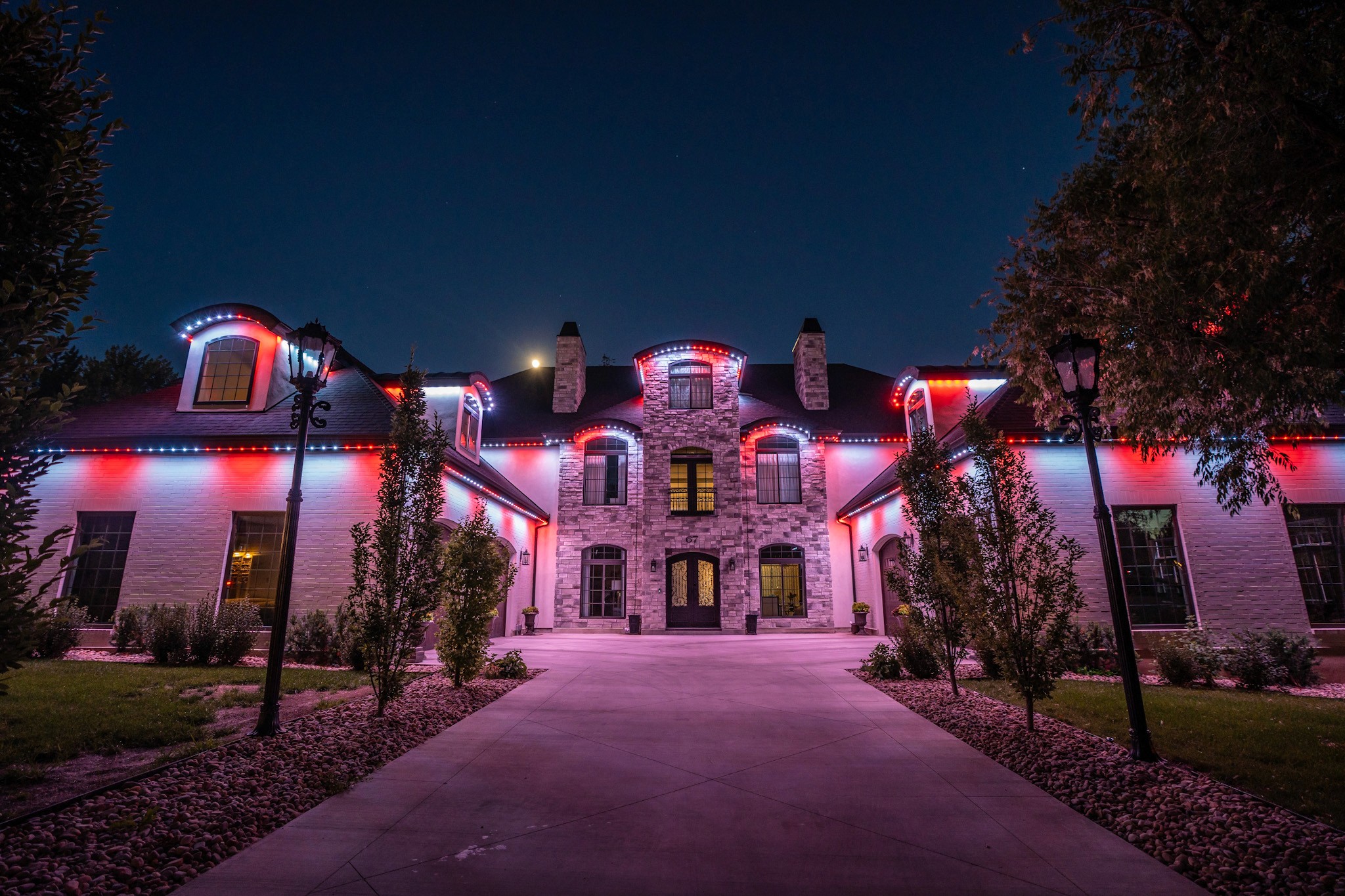





Illuminate Your Love Story: Transforming Wedding Venues with JellyFish Lighting
Illuminate Your Love Story: Transforming Wedding Venues with JellyFish Lighting
Illuminate Your Love Story: Transforming Wedding Venues with JellyFish Lighting
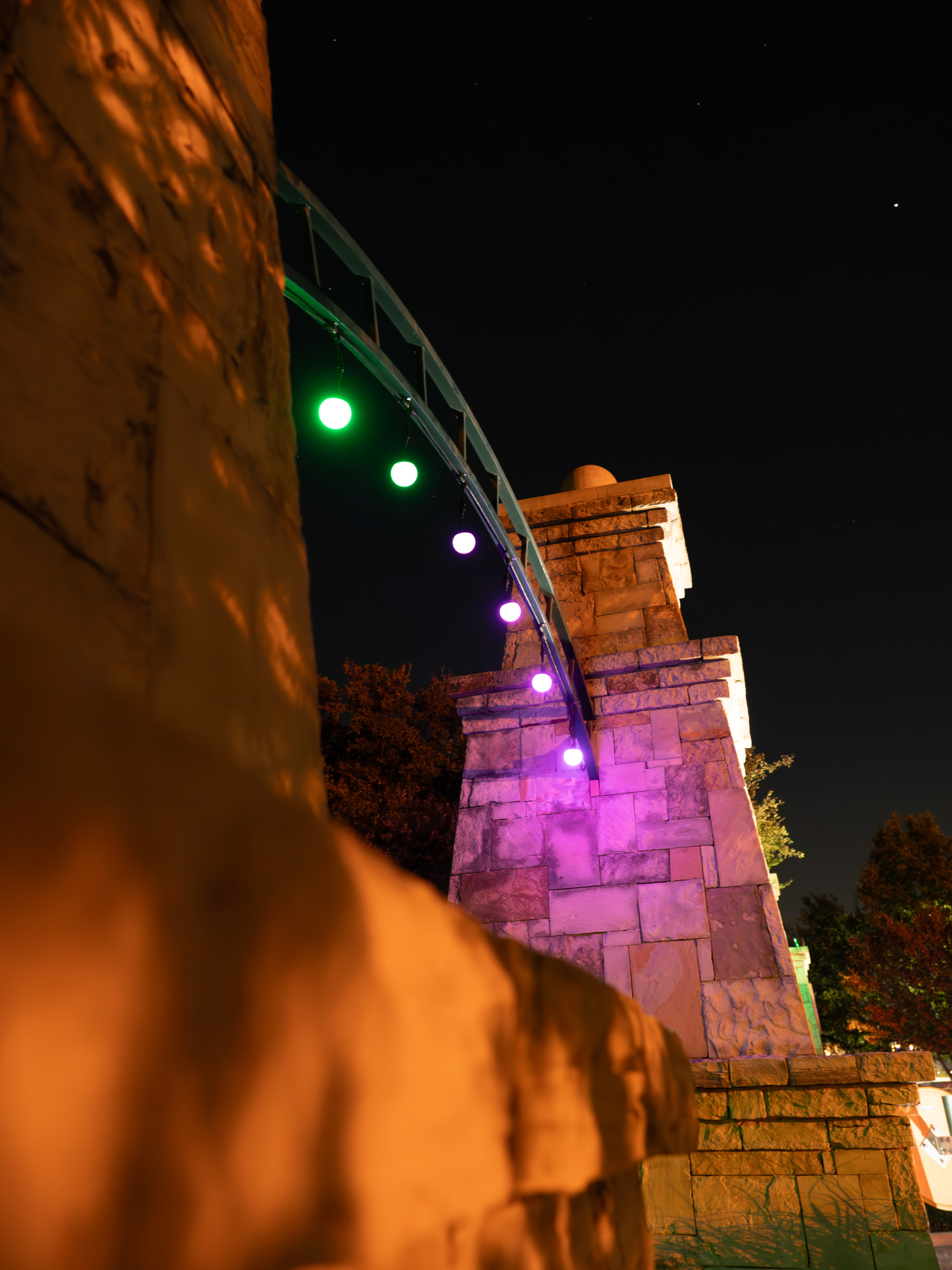





Illuminating Thrills: How JellyFish Lighting Enhances Amusement Park Experiences
Illuminating Thrills: How JellyFish Lighting Enhances Amusement Park Experiences
Illuminating Thrills: How JellyFish Lighting Enhances Amusement Park Experiences
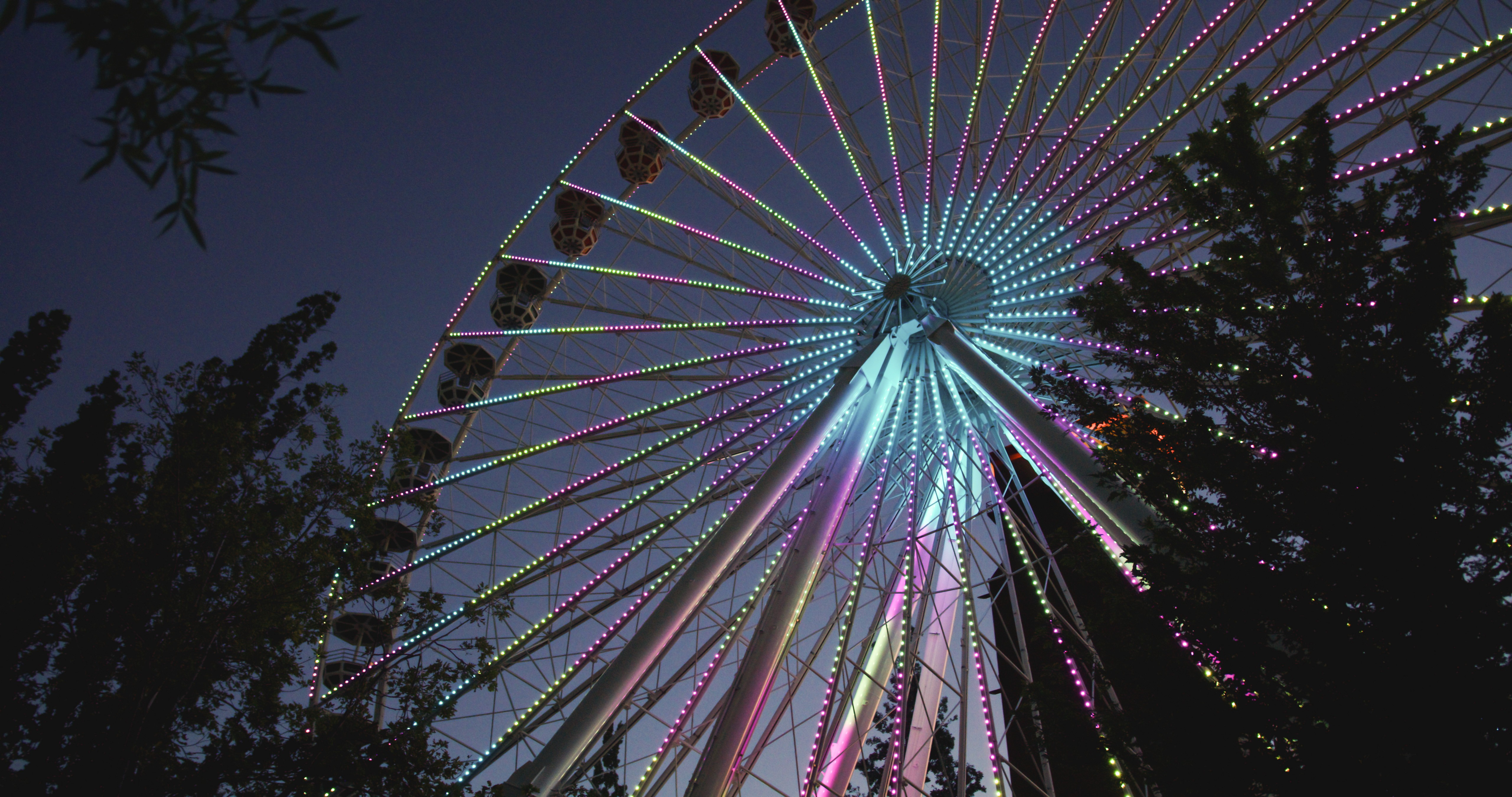





Announcing JellyFish Cloud 2.0
Announcing JellyFish Cloud 2.0
Announcing JellyFish Cloud 2.0
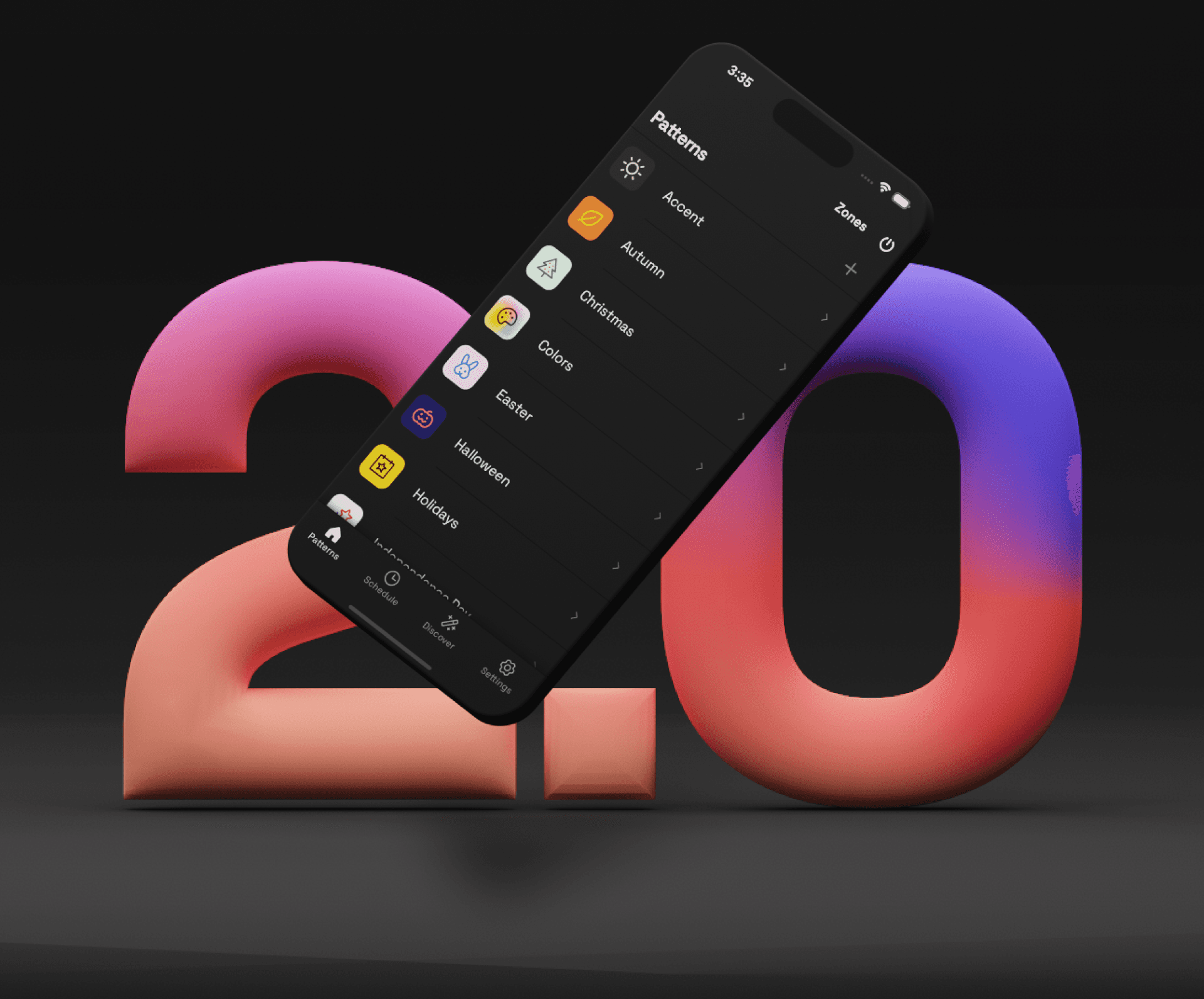





How do Soffit Lights compare to Permanent LED Holiday Lighting?
How do Soffit Lights compare to Permanent LED Holiday Lighting?
How do Soffit Lights compare to Permanent LED Holiday Lighting?
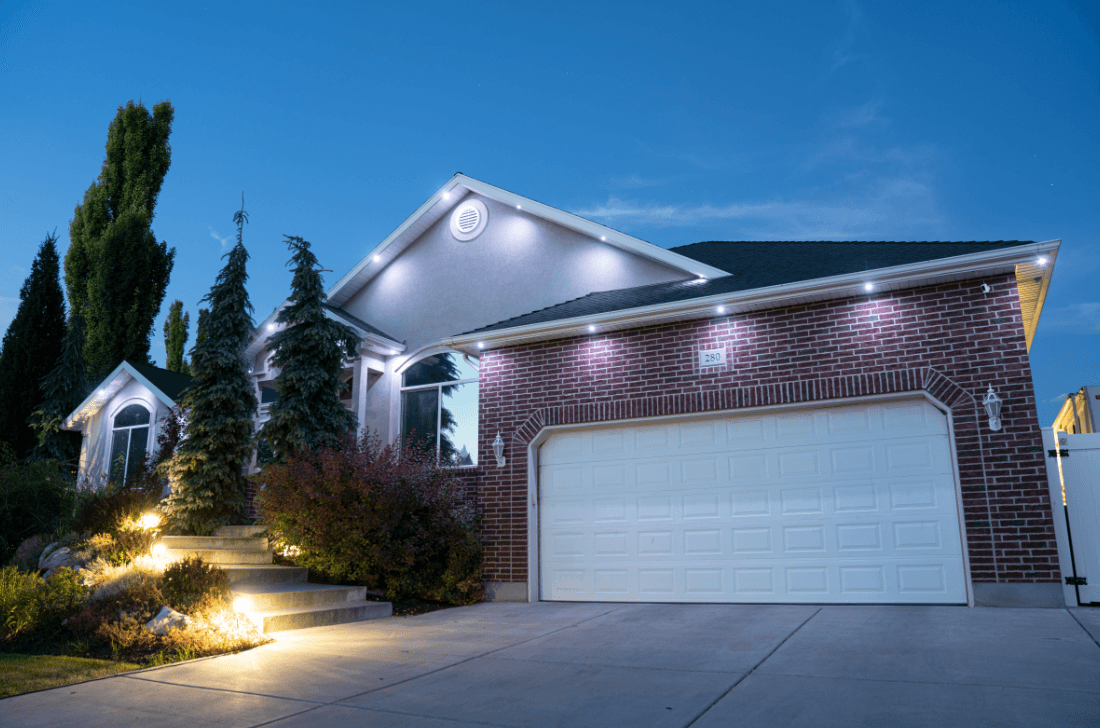





Brighten Home Life With The Right House Lights
Brighten Home Life With The Right House Lights
Brighten Home Life With The Right House Lights
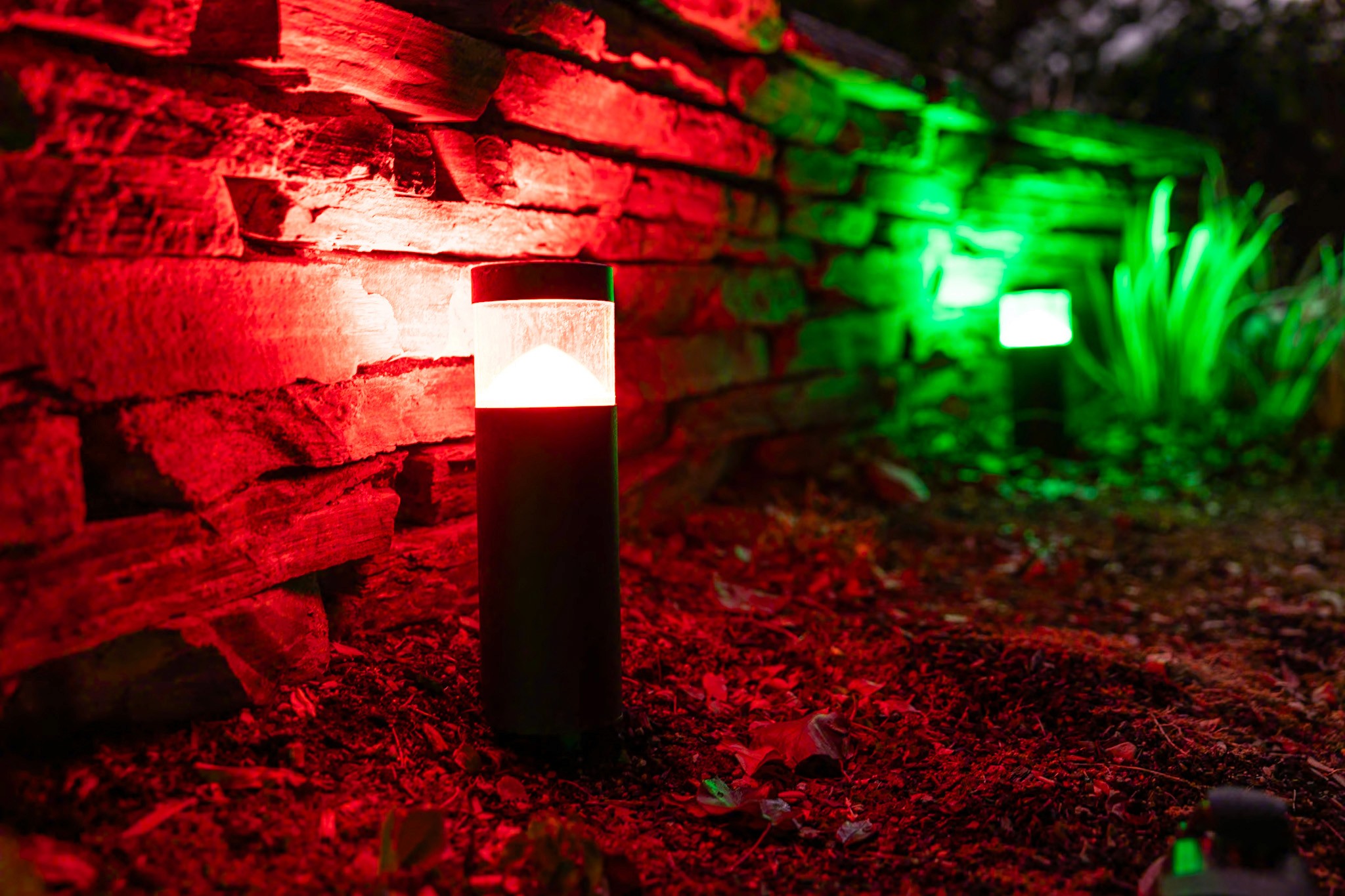





The Benefits of Outdoor Landscape Lighting
The Benefits of Outdoor Landscape Lighting
The Benefits of Outdoor Landscape Lighting
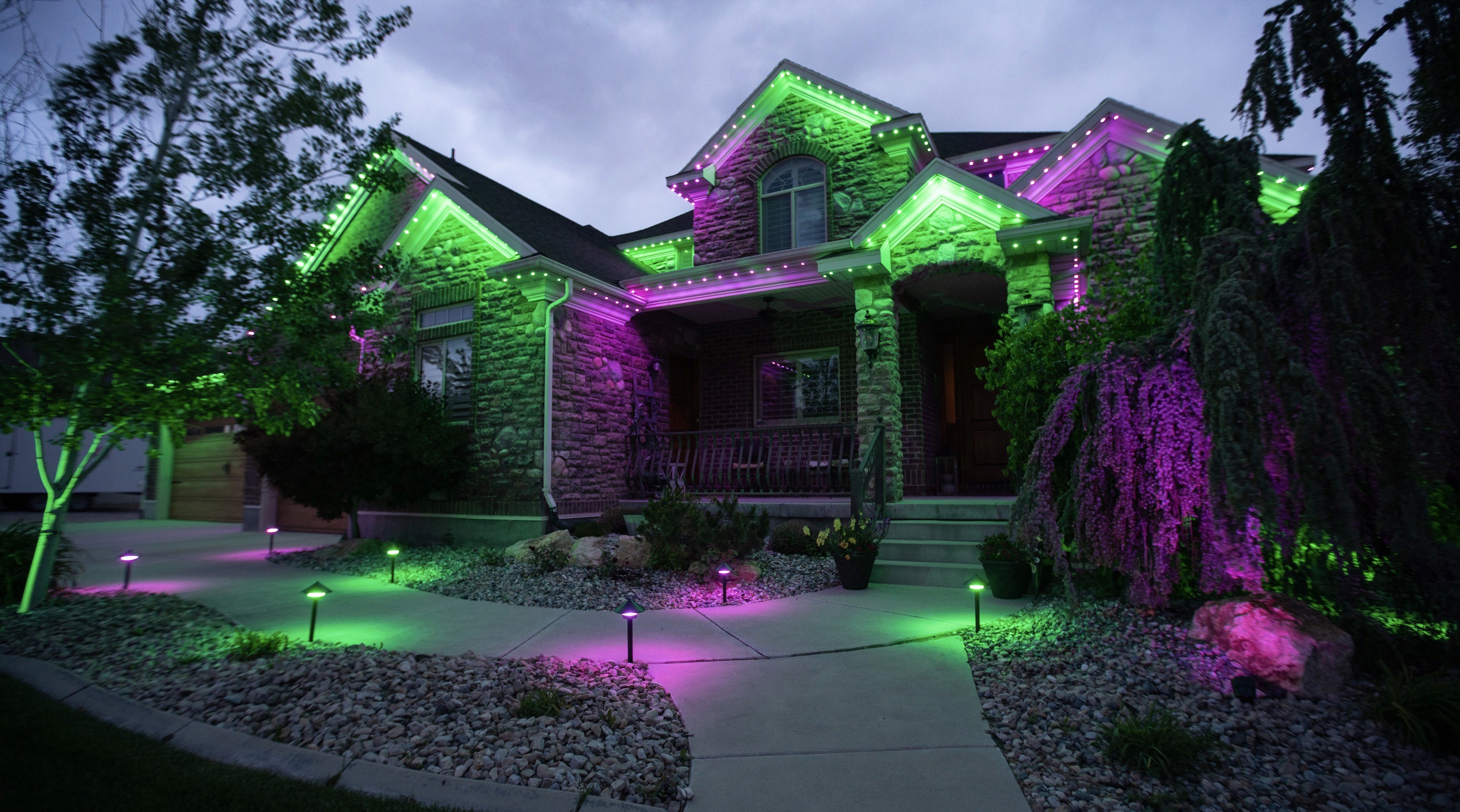





Get color-changing permanent Christmas lights today
© 2025 JellyFish Lighting · All rights reserved · Patent #9506609
Get color-changing permanent Christmas lights today
© 2025 JellyFish Lighting · Patent #950660
Get color-changing permanent Christmas lights today
© 2025 JellyFish Lighting · All rights reserved · Patent #9506609